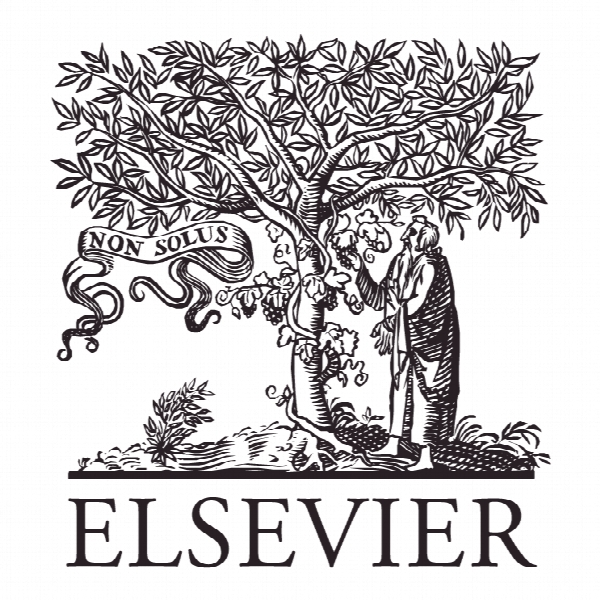مدل های حیوانی خشونت بیش از اندازه: پیامد هایی برای تجاوز و خشونت انسانی Animal models of excessive aggression: implications for human aggression and violence
- نوع فایل : کتاب
- زبان : انگلیسی
- ناشر : Elsevier
- چاپ و سال / کشور: 2018
توضیحات
رشته های مرتبط روانشناسی
گرایش های مرتبط روانشناسی شناخت
مجله نظرات رایج در روانشناسی – Current Opinion in Psychology
دانشگاه Department of Behavioral Neuroscience – University of Groningen – Netherlands
منتشر شده در نشریه الزویر
گرایش های مرتبط روانشناسی شناخت
مجله نظرات رایج در روانشناسی – Current Opinion in Psychology
دانشگاه Department of Behavioral Neuroscience – University of Groningen – Netherlands
منتشر شده در نشریه الزویر
Description
Introduction Across the animal kingdom, aggression is the behavioral weapon of choice for individuals to gain and maintain access to desired resources (food, territory, mating partners), defend themselves and their progeny from rivals and predators, and establish and secure social status/ hierarchical relationships. Clearly from a biological point of view, aggressive behavior is considered a highly functional form of social communication leading to active control of resources and the social environment, and thus is essential for individual and population survival and evolutionary preserved. It is characterized by a ritualized set of species-typical behaviors performed in close interaction with another individual (see Refs [1 ] and [2] for more detailed descriptions of the various forms of aggression and the different aggressive acts and postures displayed in the commonly used resident–intruder aggression paradigm). Although most individuals engage in social conflicts with appropriate and well-controlled (functional) forms of aggressive behavior, a relatively small fraction of individuals can become excessively aggressive and extremely violent. In humans, this small percentage (ranging from 3 to 7%) of violent aggressive individuals is a major source of death, injury, social stress and ensuing disability, thus constituting one of the most devastating societal problems worldwide. These violent and pathological forms of aggression observed in our human society and clinically, co-morbid across a wide spectrum of DSM-V-defined psychiatric and neurological disorders, have motivated much of the scientific interest in aggressive behavior in animals. In particular, there is a need to understand these problematic behaviors in terms of their underlying causal mechanisms and modulating factors. Although once regarded as a typical human proclivity, lethal violence is also expressed in 40% of mammalian species and has significant phylogenetic roots [3 ]. Therefore, animal models can be developed that captures the essential features of human violence and obtain experimental support of the causal nature of underlying molecular genetic mechanisms and environmental triggers.


